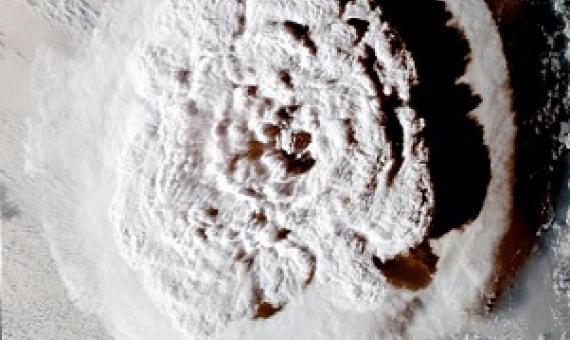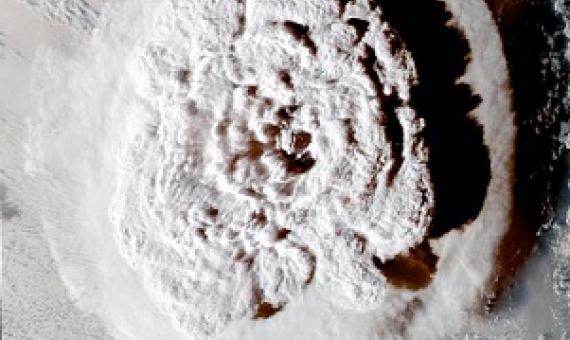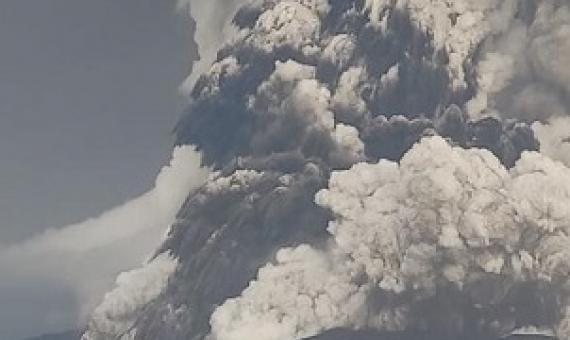One year on from the massive eruption of an underwater volcano in the South Pacific, the island nation of Tonga is still dealing with the damage to its coastal waters.
The fate of terrestrial biodiversity during an oceanic island volcanic eruption
Volcanic activity provides a unique opportunity to study the ecological responses of organisms to catastrophic environmental destruction as an essential driver of biodiversity change on islands. However, despite this great scientific interest, no study of the biodiversity at an erupting volcano has yet been undertaken. On La Palma (Canary archipelago), we quantified the main species affected and their fate during the 85-day eruption (September–December 2021). Our main objective consisted of monitoring the biodiversity subjected to critical stress during this volcanic eruption.
In December 2021, a volcano in the Kingdom of Tonga, known as Hunga Tonga-Hunga Ha'apai, began erupting in an event that culminated in an explosion so powerful it sent atmospheric ripples circling the planet multiple times.
The Central Tonga Islands welcomed the birth of a new baby – a baby island, that is. The new baby island emerged in the southwest Pacific Ocean, where underwater volcanoes are plentiful.
Tonga’s massive underwater volcanic eruption could deliver long-lasting damage to coral reefs, erode coastlines and disrupt fisheries, say scientists studying satellite images and looking to the past to project the future of the remote region...Tonga’s exclusive economic zone of nearly










